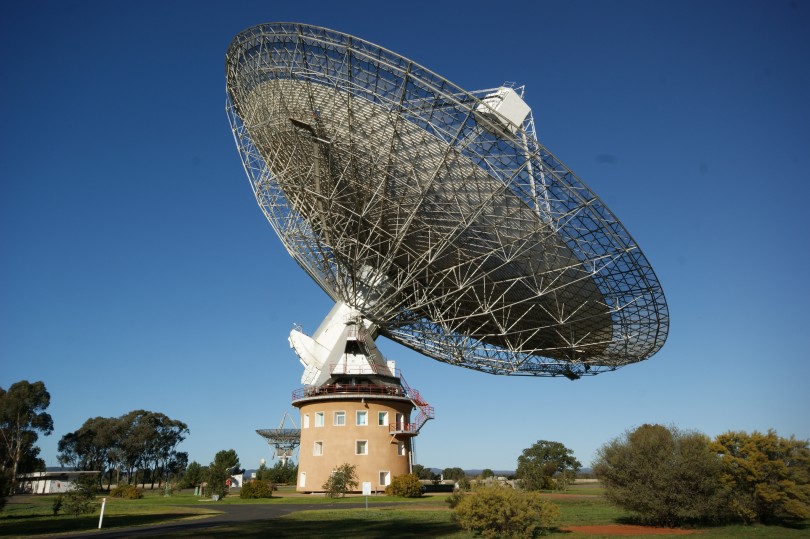Two new closely-linked international initiatives in one of the most comprehensive search for alien life to date, Breakthrough Listen and Breakthrough Message, have reignited passions in the search for other living beings out there.
The joint venture between renowned astrophysicist, Stephen Hawking, and billionaire tycoon, Yuri Milner, will see around $US 100 million in funding aimed at discovering the answer to the age-old question: are we really alone in the universe?
There are other projects, large and small, which will also help answer this question.
RMIT Professor Gary Bryant says anyone can help the search by using Boinc on their computer, phone or tablet, which when not in use, will run algorithms, contributing to the process.
Boinc, just like SETI@home, made by search for extraterrestrial intelligence, is designed to download small amounts of data and send it back to the source.
“There’s a lot of distributor computing involved,” Bryant says, but “if you’ve got a million computers doing it, even though each computer’s not very powerful, it considerably adds to it.”
IT student, Benjamin Read says technology like this “allows everyday citizens such as myself to contribute in some small way”.
With a major part of Australia’s funding going towards developing infrastructure and promoting crowdsourcing for the Parkes Radio Telescope, a large-scale contribution from Australians could accelerate the research at next to no cost.
Lead investigator of the venture, Professor Matthew Bailes, explained the methods they will use in the search, saying, “we will ‘tune in’ to about 500 simultaneous HD TV channels and send the data to computers for processing. This will require sampling something like 14bn samples per second,”
Simply put, this initiative will combine the resources to conduct the search properly, rather than bits and pieces all over the world, but the vast data collection over ten years could still take up to thirty years to compute.
“If you use the Parkes telescope for three months, the amount of data processing you’re going to do on the best supercomputer you can get will probably take you three years to process,” Bryant added.
However, if contact is made, it will be one of the biggest scientific discoveries to date.
Communicating is as simple as sending electromagnet radiation, commonly known as light back to the source, but even if the telescopes are lucky enough to find signs of life, it will likely take decades or much longer to reach its destination.
Without a breakthrough in light speed travel, chances are we will never see aliens in our lifetime.


[…] Originally appeared in City Journal. […]